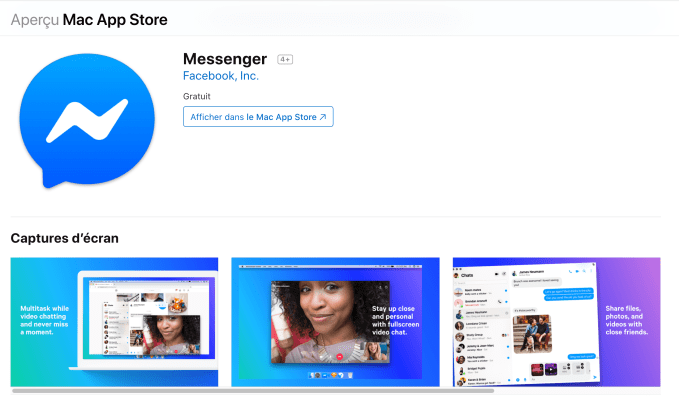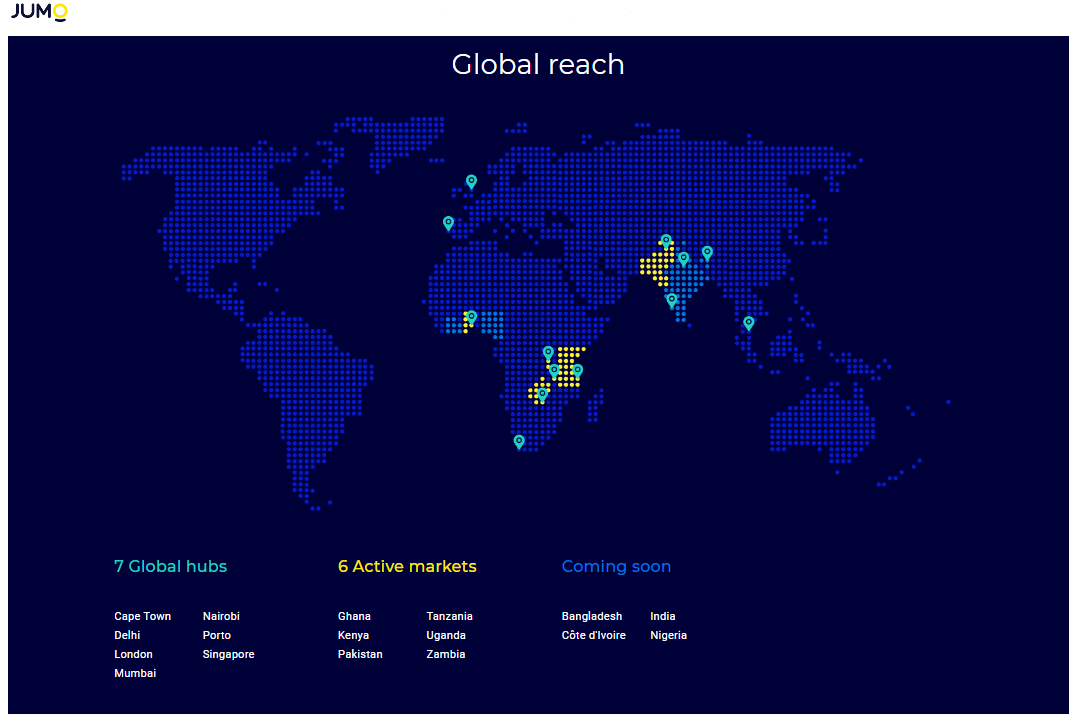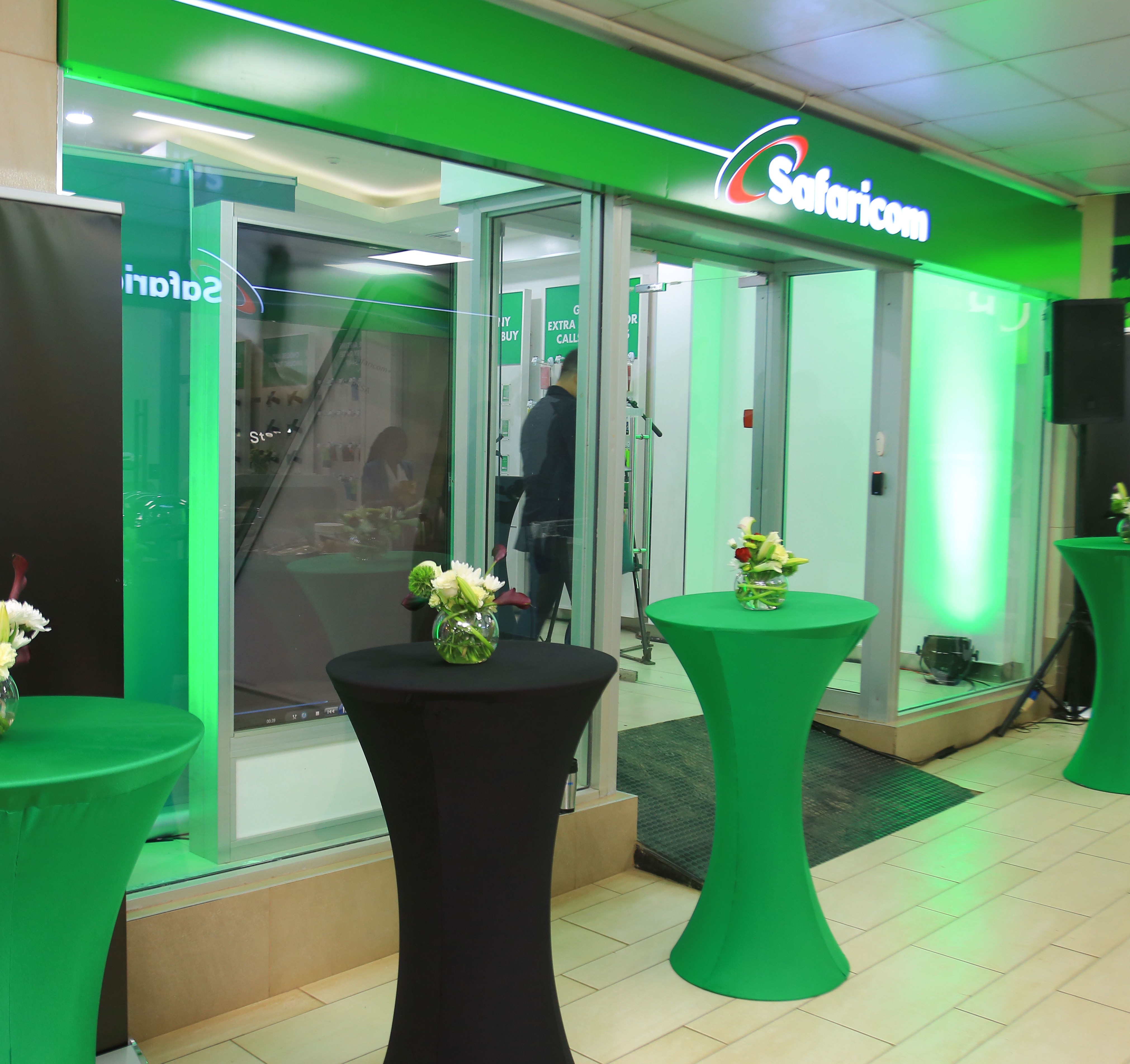Ford said it will produce and sell an all-electric version of its popular Ford Transit cargo van for the North American market starting with the 2022 model year as part of the automaker’s broader bet on electrification.
The all-electric Transit, which will be assembled in the U.S., is part of Ford’s more than $11.5 billion investment in electrification through 2022. Ford’s EV plan includes an all-electric Transit for the European market that it announced in April 2019, the Mustang Mach-E SUV and an electric F-150 truck.
Ford’s decision to include commercial vans into its EV strategy is linked to sales in U.S. and the company’s outlook on future growth. The company’s U.S. truck and van fleet sales have grown 33% since 2015. Ford said it expects continued growth of van sales in the U.S. as e-commerce and “last mile” delivery increase.
Ford said it expects electric vehicles to grow to 8% of the industry in 2025 in the United States.
“Commercial vehicles are a critical component to our big bet on electrification,” Ford chief operating officer said Jim Farley said in a statement. “As leaders in this space, we are accelerating our plans to create solutions that help businesses run better, starting with our all-electric Transit and F-150. This Ford Transit isn’t just about creating an electric drivetrain, it’s about designing and developing a digital product that propels fleets forward.”
Ford will focus on tech features like in-vehicle internet and driver assistance.
“The world is heading toward electrified products and fleet customers are asking for them now,” Farley said. “We know their vehicles operate as a connected mobile business and their technology needs are different than retail customers. So Ford is thinking deeply on connectivity relationships that integrate with our in-vehicle high-speed electrical architectures and cloud-based data services to provide these businesses smart vehicles beyond just the electric powertrains.”
These built-in “smart” features could help customers optimize fleet efficiency and reduce waste or improve driver behavior, according to Ford, an indication that fleets will be able to access data collected through Ford’s telematics system using an embedded FordPass Connect modem featuring a 4G LTE Wi-Fi hotspot with connectivity for up to 10 devices. Ford said managers can use Ford’s data tools like live map GPS tracking, geofencing and vehicle diagnostics to see key performance indicators at a glance for vehicle and driver.
Source: Tech Crunch











 M-Pesa has 80% of Kenya’s mobile money agent network, 82% of the country’s active mobile-money subscribers and transfers 80% of
M-Pesa has 80% of Kenya’s mobile money agent network, 82% of the country’s active mobile-money subscribers and transfers 80% of